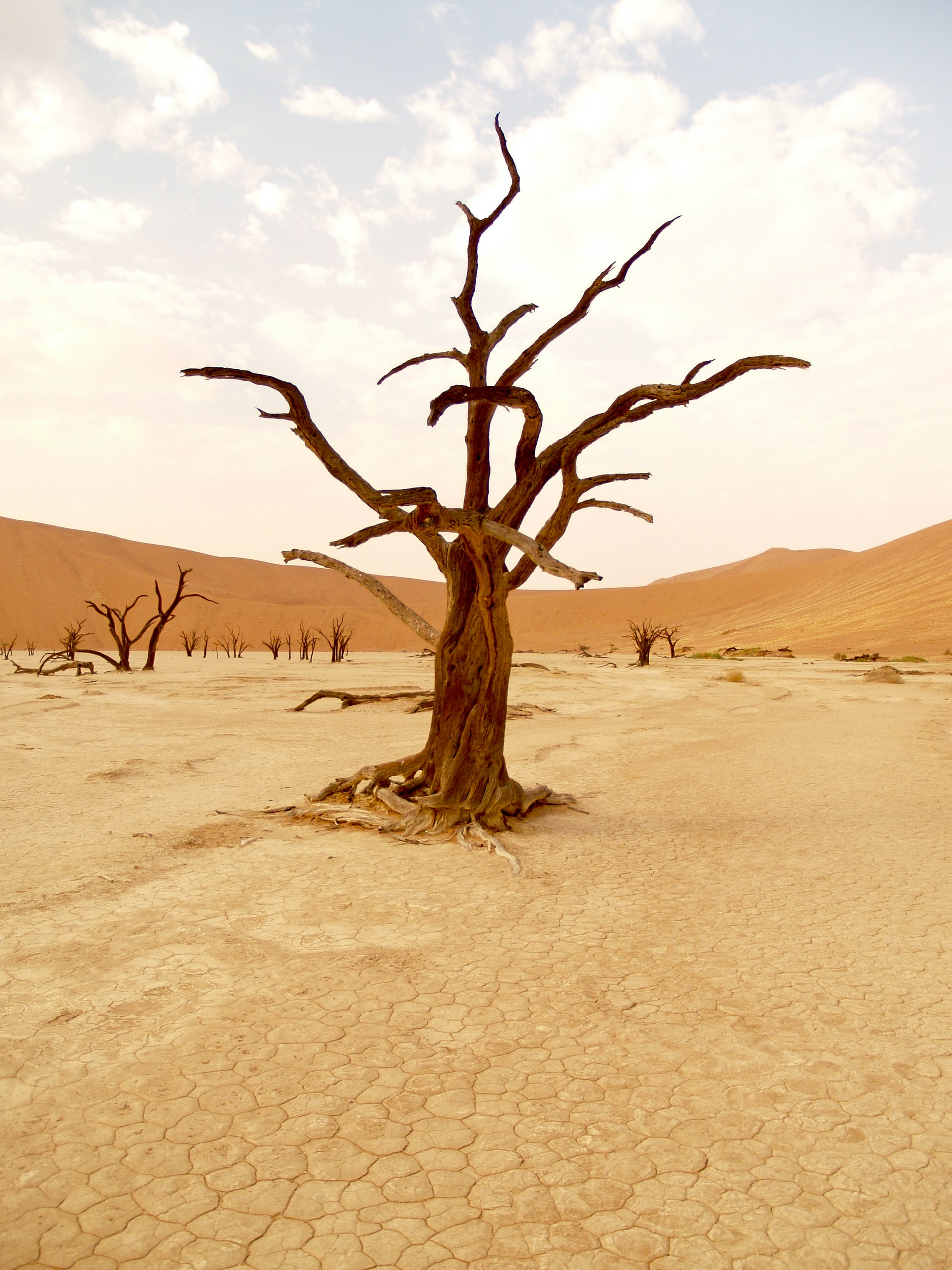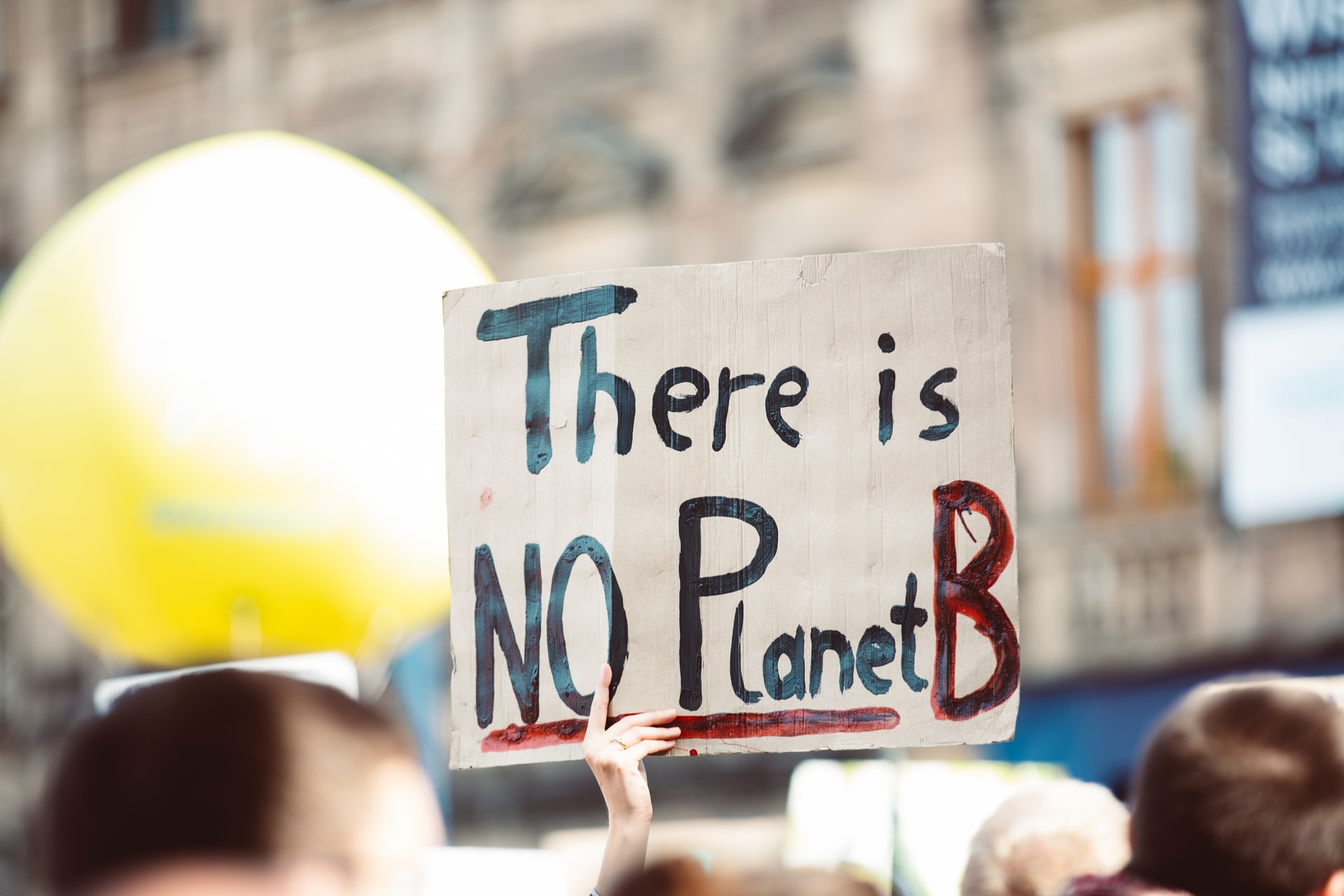What Causes Climate Change?
Many people know of climate change, global warming, and what it means for the planet, but what causes climate change?
Statistics show that the planet has warmed by an average of nearly 1°C in the past century. As the planet continues to warm, patterns within the climate begin to change. As a result, unpredictable weather patterns are becoming more common, with some countries becoming hotter, and changes such as warming oceans and rising sea levels are becoming more apparent.


Are humans responsible for climate change?
The leading cause of climate change is human activity and the release of greenhouse gases. However, there are lots of natural causes that also lead to changes in the climate system.
There is plenty of evidence that global warming is primarily man-made, largely down to burning fossil fuels and deforestation on a mass scale. These aren’t natural processes.
Sign the pledge today!
The three most common causes of climate change:
Burning of fossil fuels
Over the past 150 years, the world’s industrialised nations have changed the balance of the carbon cycle by burning large fossil fuels.
Fossil fuels such as oil, gas, and coal contain carbon dioxide that has been ‘locked away’ in the ground for thousands of years. When these are taken out of the land and burnt, the stored carbon dioxide is released into the atmosphere.
Agriculture and deforestation
Trees and plants remove carbon dioxide from the atmosphere, so removing these and creating deforestation makes carbon dioxide build-up quicker. Although trees absorb carbon dioxide, they release all of the carbon they once stored when they're burnt.
Planting crops and rearing animals releases various greenhouse gases into the air. Although it doesn’t seem harmful, animals produce methane which is 30 times more powerful than carbon as a GHG. The nitrous oxide used for fertiliser is 10 times worse and nearly 300 times more powerful than carbon dioxide. (metoffice.gov.uk)
According to GOV.UK, about 43% of the carbon dioxide produced goes into the atmosphere, and plants and the oceans absorb the rest. Deforestation reduces the number of trees absorbing carbon dioxide and releases the carbon contained in those trees back into the atmosphere.
Manufacturing of cement
Cement manufacturing is a highly energy and emissions-intensive process because of the extreme heat required to produce it. As a result, producing cement requires a lot of energy and generates a tonne of CO2. Given its high emissions and critical importance to society, cement is a prominent place to look to reduce greenhouse gas emissions.
How you can help tackle climate change
Tackling climate change doesn’t happen overnight and is a slow process. Becoming knowledgeable about the topic and understanding various ways to contribute to the reversal of global warming is the first step.
Some ways that you can get involved are:
- Speak up and educate
- Use renewable energy
- Reduce water waste
- Invest in energy-efficient appliances
- Reduce power usage
- Reduce shorter driven journeys.

We offer Climate Change Training to help you start or develop your career as a Climate Change Professional. Our background in climate, renewables, energy compliance, sustainability, business, recruitment, and energy training has led us to where we are now.
Become a Climate Change Professional by signing the pledge today!
Copyright © 2020 Climate Change Professionals
